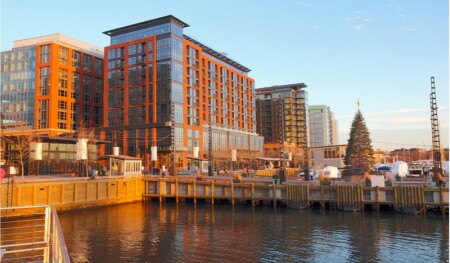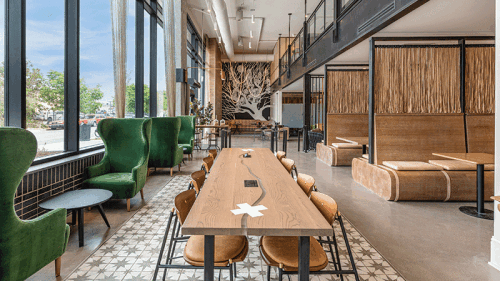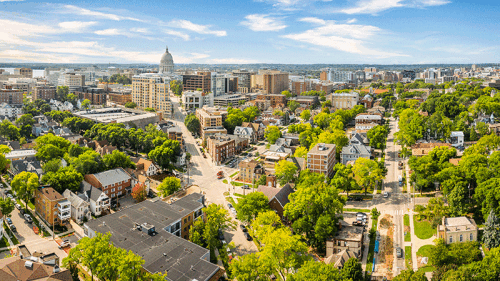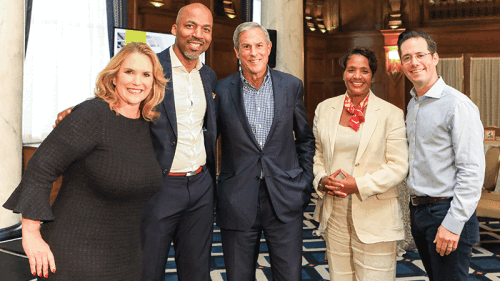The economic recovery in Washington, D.C., continued through the close of the third quarter of 2021. Office leasing activity is ongoing, though at a slower pace than years past, while asking rents are rising (up 2.1 percent from 2020 according to Newmark).
The overall D.C. vacancy rate is just over 18 percent, according to CBRE. This is partly from shifts in employment due to the pandemic, but also from an increase in supply, with over 2 million square feet (185,806 sq m) of new space in the development pipeline. The region has had decreased capacity for transit due to a derailment, discouraging workers who are able to continue to work from home from returning to the office.
“While this is a challenge, it also presents an opportunity to capture a larger share of the region’s workers as the recovery continues,” said Keith Sellars, president/CEO Washington, D.C., Economic Partnership. “For the first time in years, companies have an opportunity to attain premium space; some are trading up, others are increasing their footprint, even consolidating multiple locations.”
According to a recent report by CBRE, the tech sector is a bright spot in the D.C. office market. Year-to-date, leases by tech firms have accounted for 9 percent of all leasing activity. Tech firms have expanded their collective office footprint by close to 500,000 sf since the beginning of last year, whereas many other sectors have given back space.
“Tech companies continue to view D.C. as a top destination for tech talent and we’re seeing more companies interested in relocating here or expanding their offices,” says CBRE vice chairman Meredith LaPier. “The D.C. region has one of the most highly educated and diverse tech workforces in the nation, ranking third for tech talent pipeline with the highest share of female tech workers of any market. Our area also offers more affordable housing in comparison to other gateway cities like New York and San Francisco.”
One of the fastest growing venture capital hubs nationally, the Washington region has received $3.8 billion in venture funding so far this year – a record high for the region by far. The increase in funding has begun to translate into office expansions for some tenants, such as MotoRefi, Internos, and ID.me.
Washington, D.C., has continued appeal as an office location, driven by its legacy as the Nation’s capital, the presence of the federal government, and an increasingly robust talent pool. Recent leasing activity includes Boston Consulting Group, which is taking 98,000 square feet (9,104.5 sq m)in the recently renovated Metropolitan Square, and the Global Center of the Americas for International Baccalaureate planned move to City Ridge in 2022 (100,000 square feet/9,290.3 sq m). Chemonics, a large non-governmental organization, is an example of how companies are taking advantage of the opportunity to consolidate, by consolidating operations at The Yards, a redevelopment area along the Southeast Waterfront.






